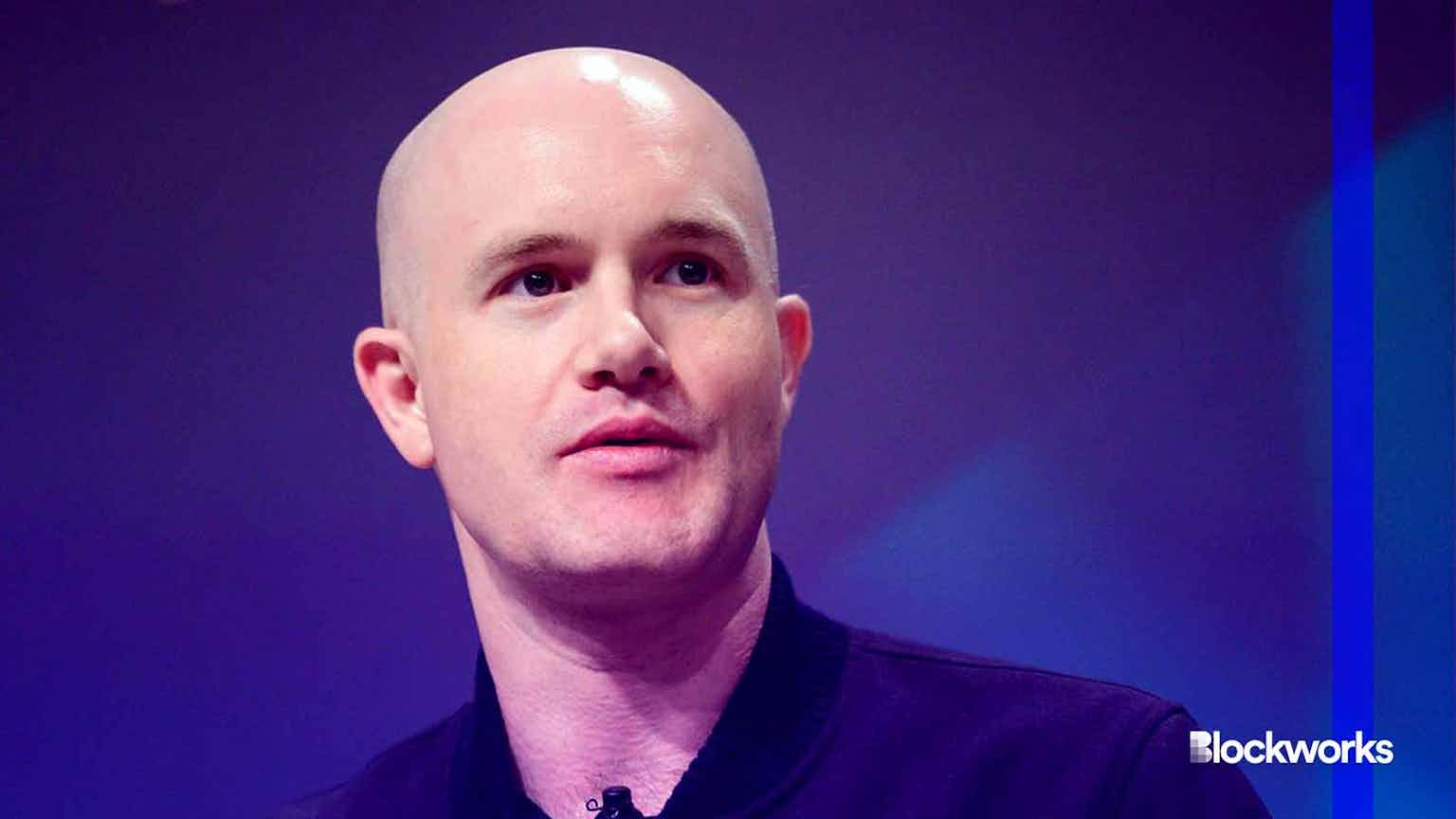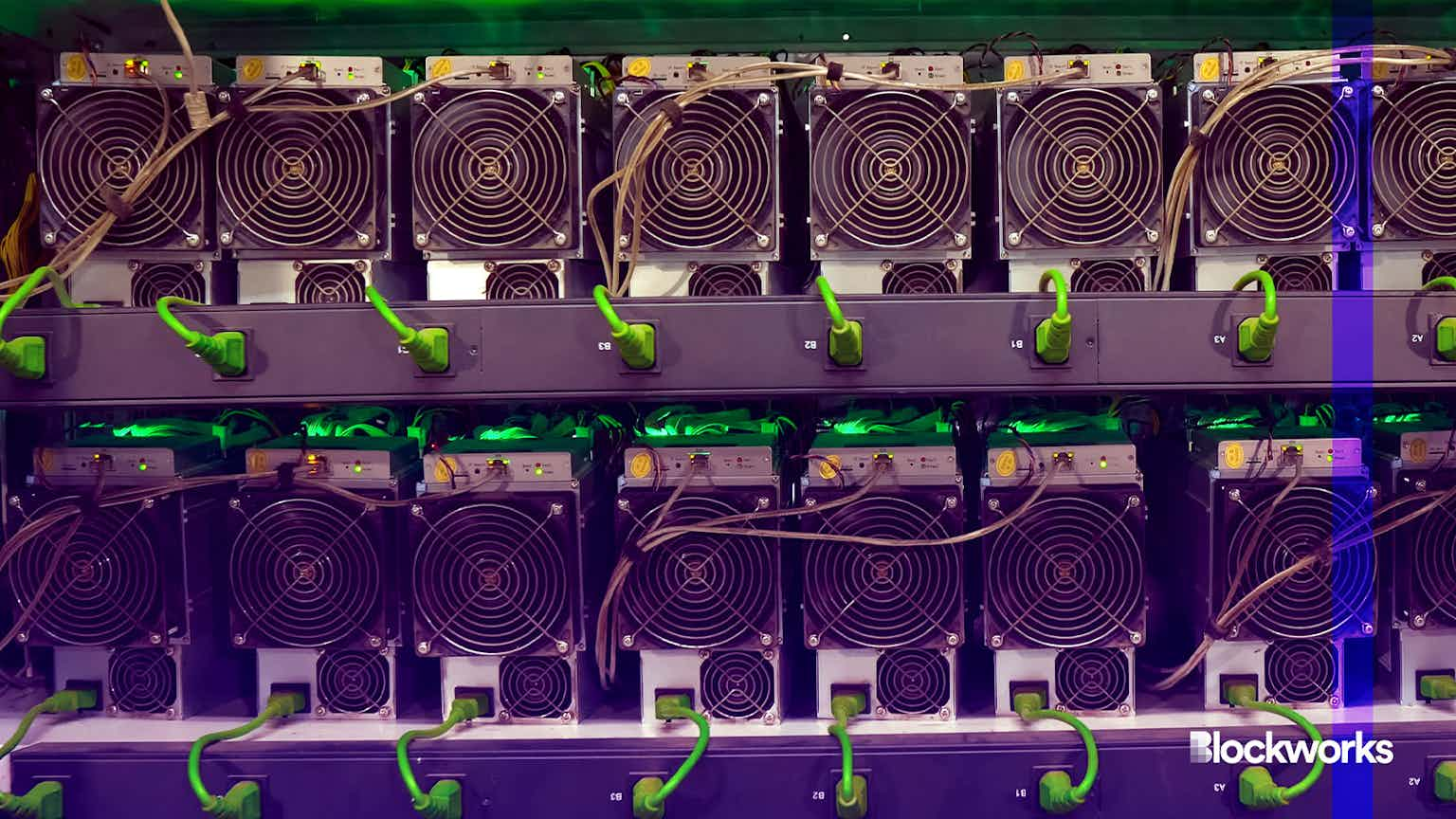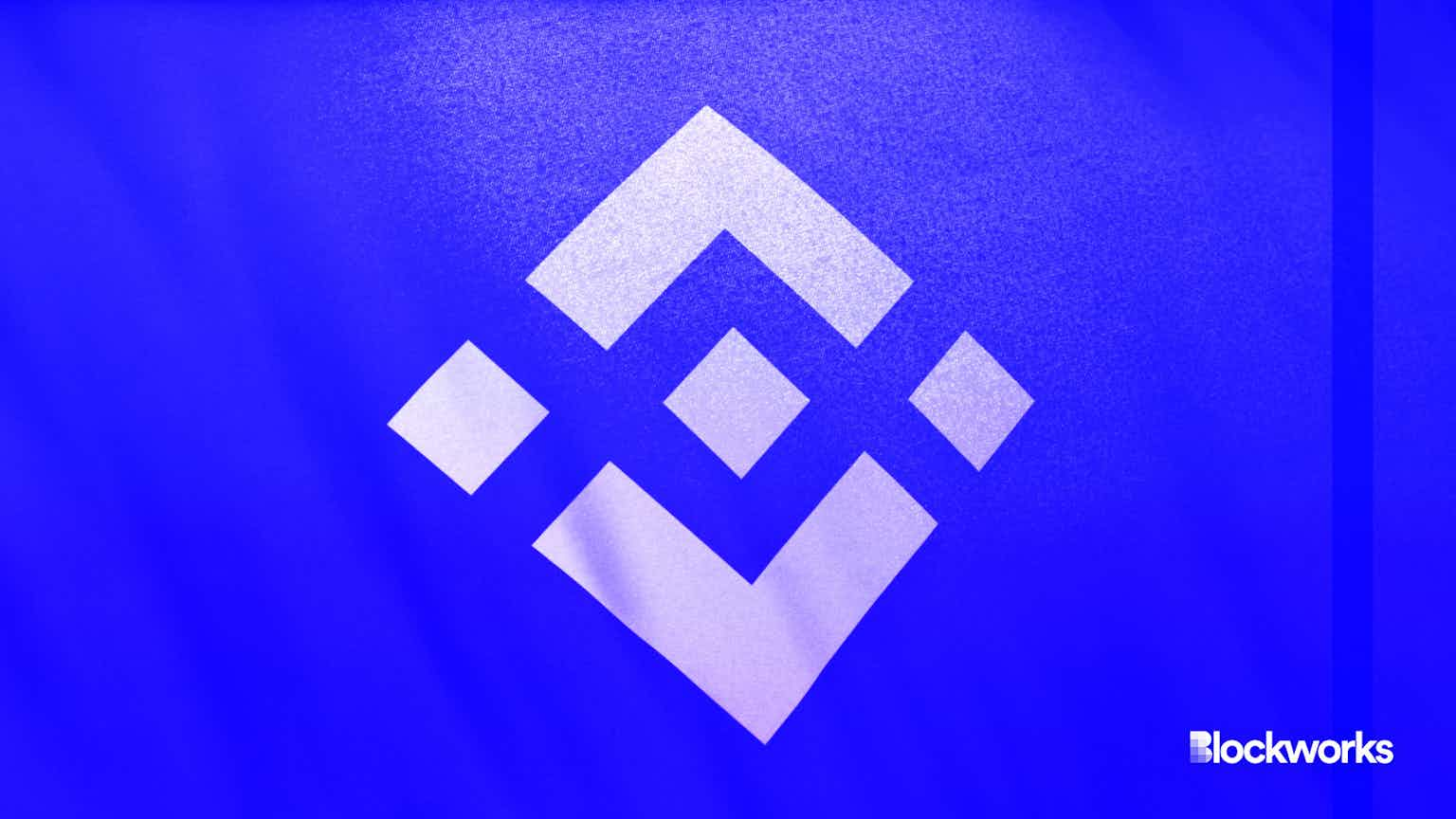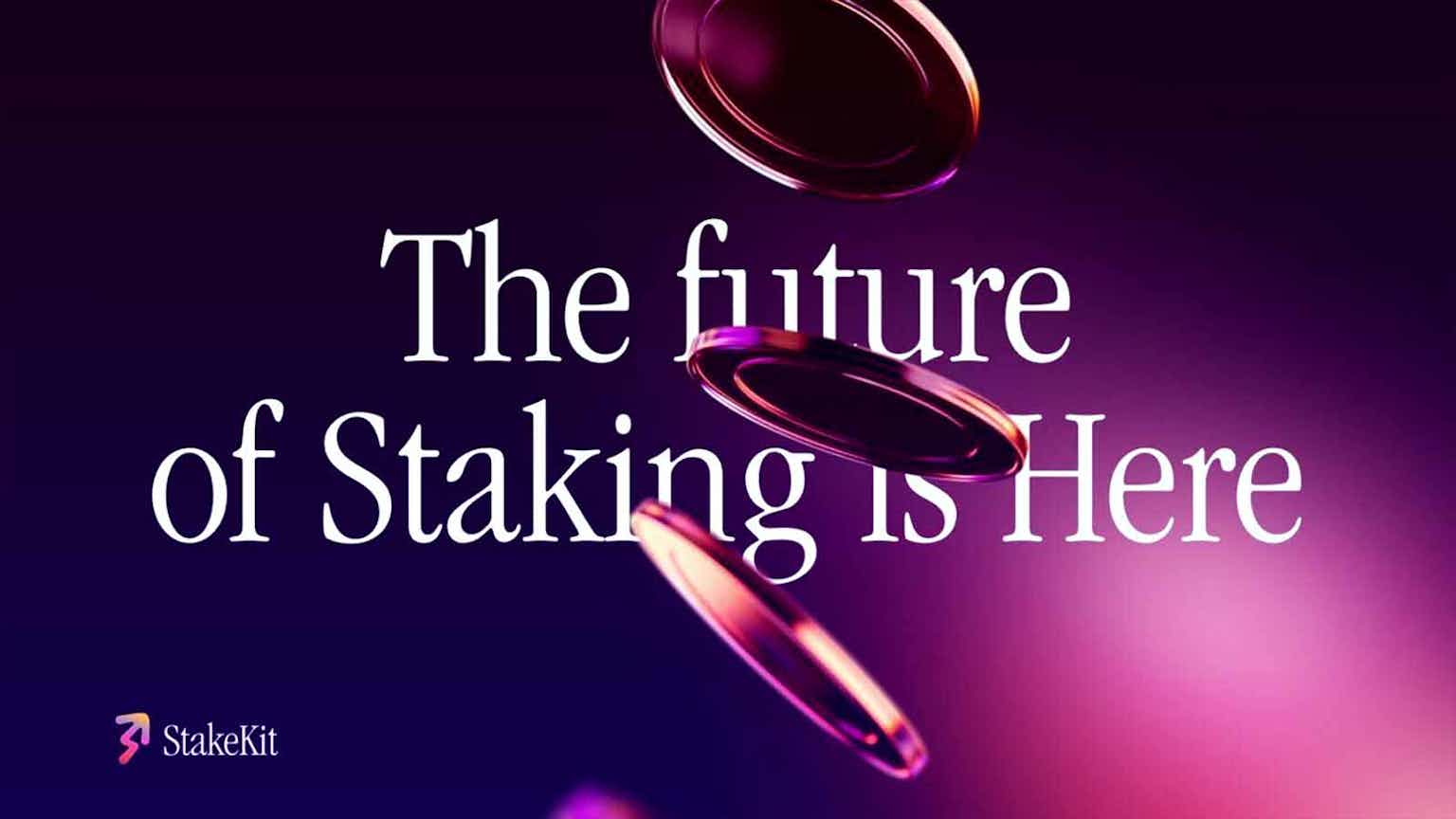Playing the ‘We’re Not Terra’ Stablecoin Game
As US policymakers mull a moratorium on algorithmic stablecoins, some upstarts are still searching for alternatives to the fiat-backed variety
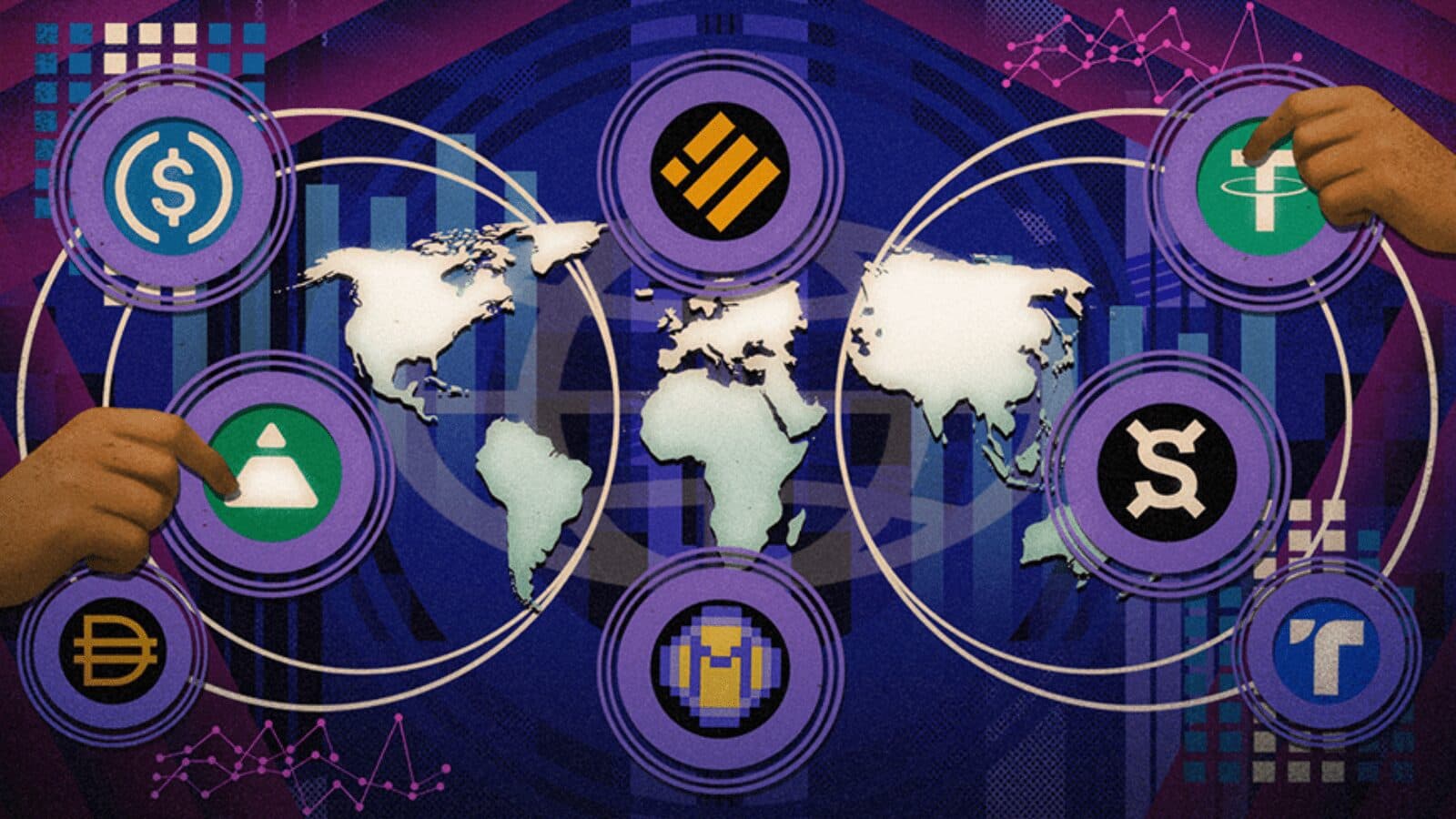
Blockworks Exclusive Art by Axel Rangel
key takeaways
- Tether, Circle, and Binance still make up 90% of stablecoins
- “The future is an uncollateralized stablecoin,” a decentralized stablecoin founder said
Stablecoin issuers have gotten pretty good at explaining what differentiates their token from Terra’s failed experiment in recent months, as they seek to fill Terra’s void while avoiding its reputation.
After the algorithmic stablecoin lost its dollar peg and death spiraled $30 billion in a matter of days, Terra set off the crypto crash that took down giant centralized crypto firms Voyager, Celsius, and hedge fund Three Arrows Capital earlier this year.
Non-volatile tokens are crucial for crypto adoption, and a bevy of stablecoin projects are attempting to attain Terra-like levels of support while simultaneously trying to distance themselves from Terra comparisons.
Stablecoins create a pretty compelling case for investors: attain the stability of fiat currencies with the advantages of programmable money crypto provides.
But after Terra collapsed, “there’s more skepticism” being shown toward stablecoins, Sam Kazemian, founder of the decentralized Frax stablecoin, told Blockworks.
“It’s unfortunate it had to happen after the whole Terra situation, but there’s got to be a little bit more discipline” on the part of stablecoin issuers, Kazemian said.
After a period of rapid adoption from 2019-2021, stablecoins have become a crypto staple. Three of the top seven cryptocurrencies by market cap are stables: Tether (USDT), US Dollar Coin (USDC), and Binance USD (BUSD). The market is top-heavy, though — the three leading stablecoins make up 90% of the total stablecoin market cap, per DeFiLlama.
The three major stablecoins are collateralized, meaning fiat assets are custodied for every stablecoin in circulation, and centralized, meaning they are managed off-chain by private companies.
The return of the algos
There is little appetite among policymakers to indulge the fancy economic experiments of some algorithmic or crypto-collateralized stablecoins. According to a draft US House of Representatives bill, Congress is even considering legislating a 2-year moratorium on, what the draft terms, “endogenously collateralized stablecoins,” Bloomberg reported.
Only those fully backed with collateral overseen by regulators — like Circle’s USDC — need apply. Although, this approach is still far from becoming law.
Publius, the pseudonymous founder of stablecoin issuer Beanstalk, thinks the stablecoin giants will hit a ceiling where it becomes unprofitable to fully back the tokens.
Therefore, uncollateralized stablecoins with novel spins on the Terra’s algorithmic ilk may yet become necessary for growth as DeFi leaves finance’s fringe, he said.
“It’s really hard to lock up a trillion dollars or more of collateral,” Publius said.
Though, with 2-year US Treasury bond yields above 4%, the Circle cash stash looks like quite an asset.
In a testament to Terra’s continued pariahdom, the term “algorithmic” has disappeared from the stablecoin space, with Near, Shiba Inu, and Thorchain all sunsetting or renaming their algorithmic stables.
But it’s more efficient not to overcollateralize stablecoins with deadweight dollars, and emerging stablecoins — like DeFi lending platforms Aave and Curve’s forthcoming offerings — tend to not fully back their tokens in the same way as their fully-collateralized peers.
“The future is an uncollateralized stablecoin,” Publius said.
“It’s still the fiat coin era [while users onboard to crypto]” Kazemian said. “The long game” involves “stablecoins that are decentralized, on-chain, and pegged to a basket of consumer items [rather than a fiat currency].”
However, given the political realities in both the US Congress and the EU, novel stablecoins may find it difficult to gain adoption.
Additional reporting by Macauley Peterson.

